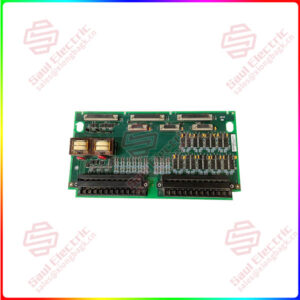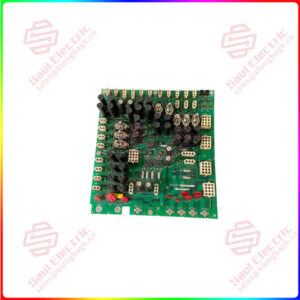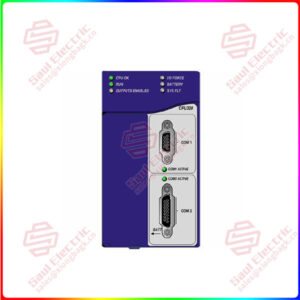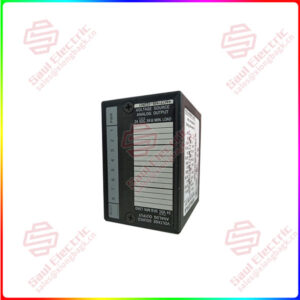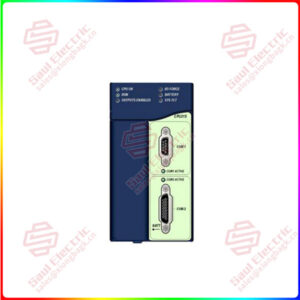Description
Overview
Essential details:9907-995 LQ25 Liquid control valve
lf you need to inquire or purchase ,please send the product models to my email or call medirectly .
sunny He
[Email] sales@xiongbagk.cn
[Mobile] 86-18059884797
[WhatsApp] 86-18059884797
[Skype] sales@saulcontrol.com
9907-995 LQ25 Liquid control valve
Hydraulic transmission system is a transmission mode that uses liquid as the working medium for energy transfer and control. The system is mainly composed of five parts: power element, executive element, control and adjustment element, auxiliary element and working medium.
A power element, usually a hydraulic pump, whose role is to convert the mechanical energy of the prime mover (such as an electric motor or internal combustion engine) into the pressure energy of the liquid to provide power to the hydraulic system.
Executing elements, such as hydraulic cylinders or hydraulic motors, whose role is to convert the pressure energy of the liquid into mechanical energy to drive the working mechanism to complete various actions. The hydraulic cylinder can achieve linear reciprocating motion, and the hydraulic motor can achieve rotating motion.
Control and regulating elements, such as various valves (pressure valves, flow valves and direction valves, etc.), their role is to adjust and control the pressure, flow and flow direction of the liquid in the hydraulic system according to the need to meet the power and movement requirements of the working mechanism.
Auxiliary components include fuel tanks, oil filters, pipes and connectors, coolers, pressure gauges, etc., which provide the necessary conditions for the normal operation of the hydraulic system and facilitate monitoring and control.
The working medium, that is, the transmission fluid, usually mineral oil, which plays the role of transferring energy, lubrication and cooling in the hydraulic system.
Hydraulic transmission system has many advantages, such as smooth work, responsive, easy to achieve automation, overload protection ability. Therefore, it is widely used in mechanical engineering, automation equipment, Marine and aerospace, metallurgical industry and other fields.


 1 Year Warranty
1 Year Warranty

